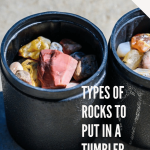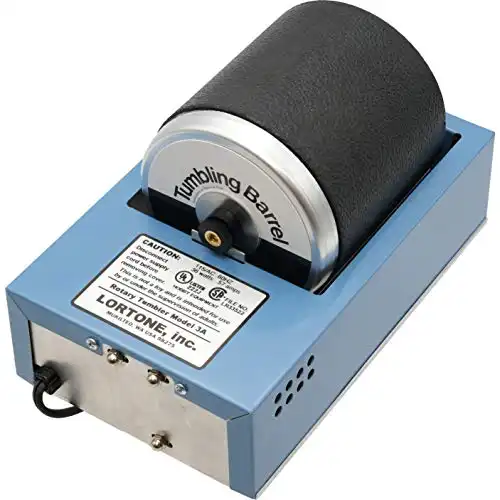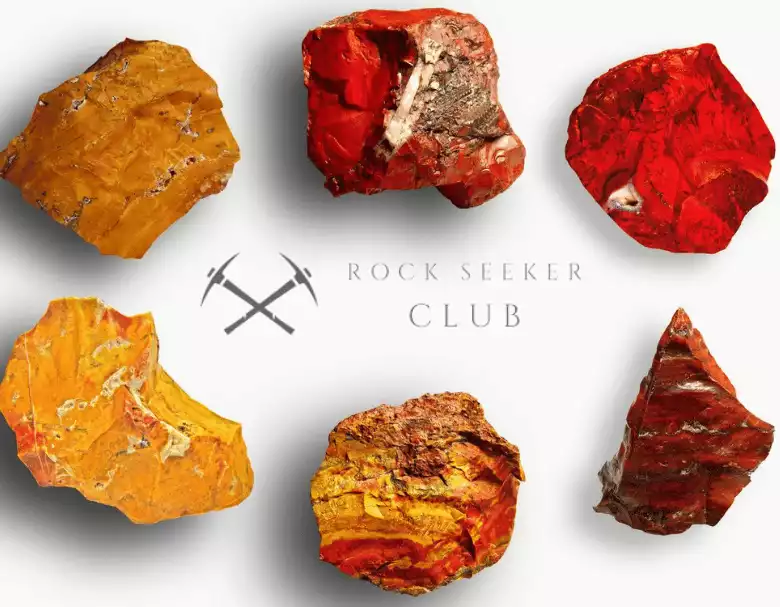No matter how eager you are to get started with your new rock tumbler, you should be aware that you cannot expect high-quality results by simply throwing any old rocks into it.
There are in fact certain characteristics in rocks that you want to look for when choosing rocks for a rock tumbler. The most important and critical characteristic being the hardness of the rock you plan on tumbling.
Related: How To Use A Rock Tumbler
Can You Put Any Rocks In a Rock Tumbler?
Unfortunately, no. You’re not able to tumble every type of rock. As a matter of fact, there are very specific things you need to consider when selecting rocks to put in a rock tumbler. If all of your rocks meet these criteria, your odds of having a successful batch of polished rocks at the end of a tumbling session increases greatly.
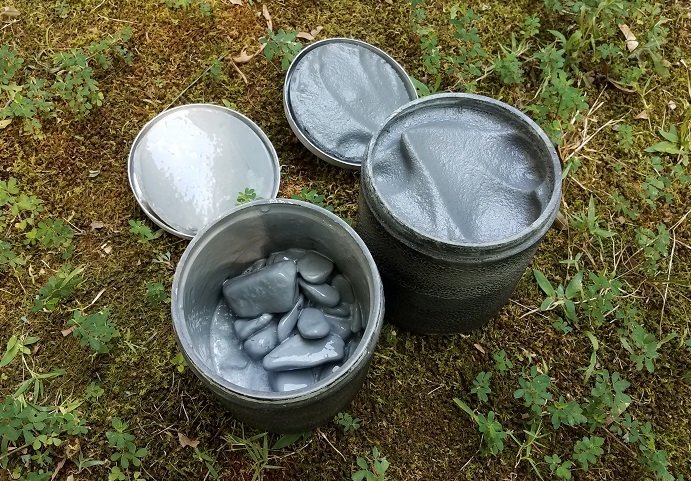
Why Can’t All Rocks Go In a Tumbler?
The reason you can’t throw in a handful of different types of rocks is because all rocks have a different hardness to them. When I say hardness, I’m referring to the Moh’s scale of hardness.
Every rockhound should have a good idea of the Moh’s scale. It’s important for most aspects of the hobby. Soft stones don’t do well in rock tumblers, while rocks that are too hard also do not do well in tumblers.
If you combine hard rocks with soft rocks, the harder rocks will scratch and etch the softer stones. The result will be very dull looking stones with no shine at all.
Related: What Does a Rock Tumbler Look Like?
What Kind of Rocks to Put In a Rock Tumbler
- Moh’s Hardness Between 6 and 8
- Dense, void-free, and pore-free
- Free of fractures or cracks
- A smooth texture
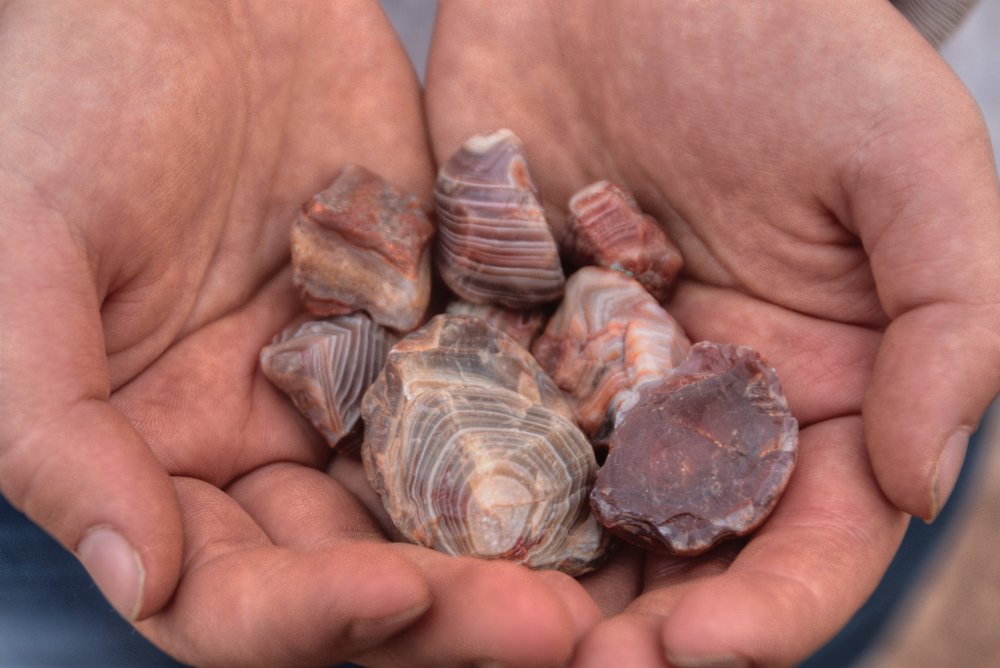
Moh’s Hardness Between 6 and 8
Soft rocks are notoriously difficult to polish in a tumbler. Rock tumblers work best with materials with a Mohs hardness of six to eight. Rocks harder than eight are so hard that they rarely produce a good polish in a tumbler. After reading our article on the Mohs Hardness Scale, test your rocks for tumbling hardness.
Dense, Void-Free and Pore-Free
Pore spaces can trap small grit particles and transfer them from one step of the tumbling process to the next. The contamination of the polishing step with coarse, medium, or fine particles is a guaranteed way to ruin your batch of polished rocks. Nothing is more frustrating than having a great polished result only to have a rock that is marked up with scratches from the coarse grit. It is best to keep any rocks with obvious voids or pore spaces out of the rock tumbler.
Free of Fractures or Cracks
Fractures in rocks do not make good candidates to put in your rock tumbler. Small cracks in the rough rocks can cause it to break up into tiny pieces inside the tumbler, and the sharp edges of the fragmented pieces are sure to scratch every rock in the tumbling barrel. If you have noticeable fractures in any of your rocks, they should be discarded before tumbling.
Smooth Texture
Rocks that are good for tumbling have the ability to break into smooth, non-gritty surfaces. Rub your rocks together with a little force to see if any particles are easily removed. When rubbed together, rocks that generate “grit” will not polish well in a tumbler. Instead, all those tiny particles that are released will scratch every rock in the barrel.
Examples of Good Rocks For Rock Tumbling?
As mentioned earlier, the rocks you choose for your tumbler should be hard, nonporous, and have a relatively smooth surface. You don’t want to use rocks that have cracks or crevices in them that might be hiding grit. This can wreak havoc on your final product.
Good examples of rocks that are great for tumbling are:
- Chalcedony
- Jasper
- Agate
- Flint
- Chert
- Petrified wood
- Online rock and mineral club for collectors of all levels!
- Find community with like-minded rock and mineral enthusiasts.
- Monthly Giveaways!
- Free Access to Entire Digital Library of Products (annual memberships)

